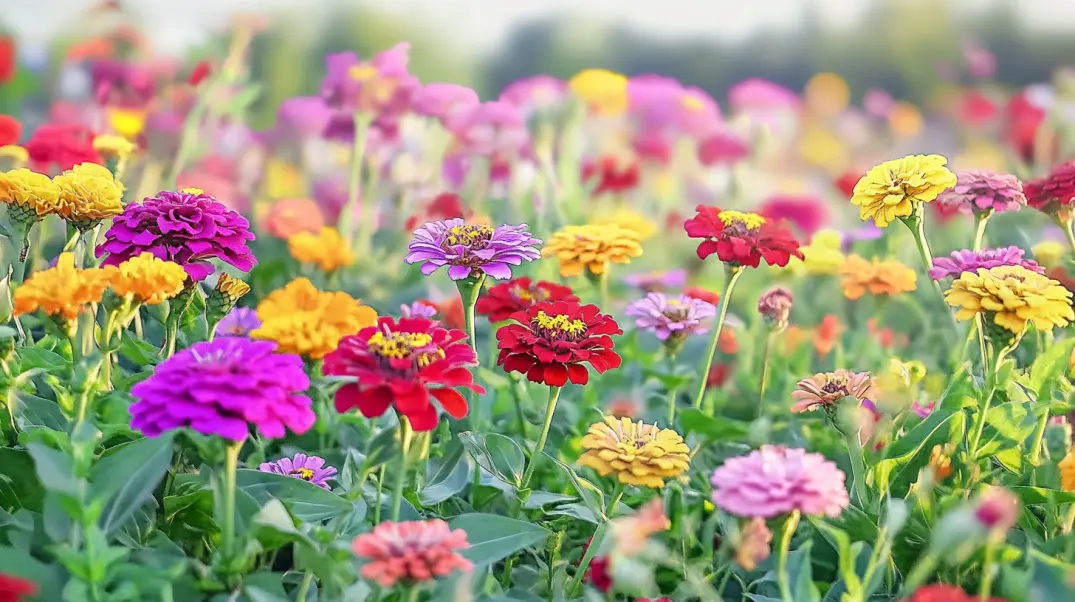Spring is the perfect time to fill your garden with vibrant blooms, and starting flowers from seed is one of the most rewarding and cost-effective ways to do it. Whether you’re a beginner or an experienced gardener, these seven gorgeous spring flowers will brighten up your garden with their stunning colors and unique qualities.
Why Start Spring Flowers from Seed?
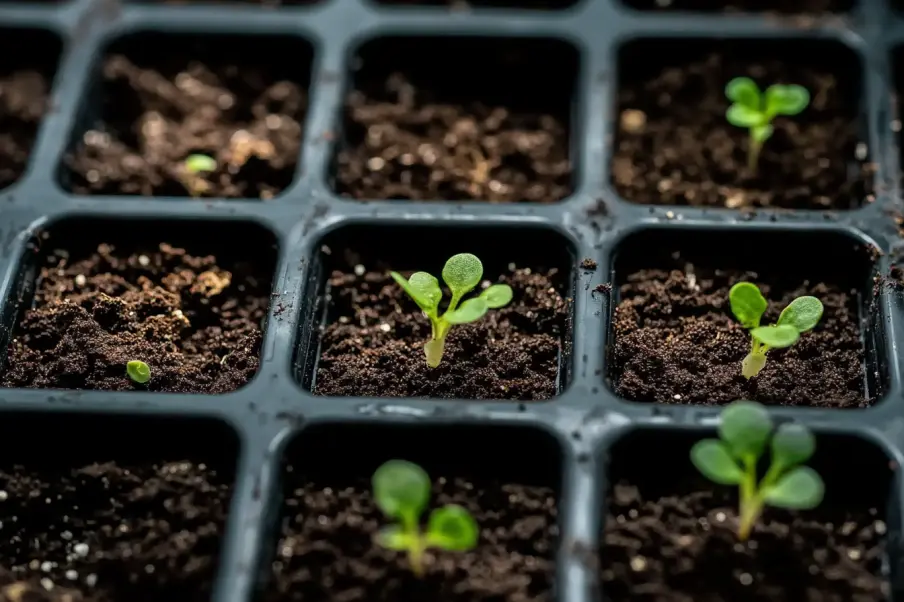
Benefits of Growing Flowers from Seed
Growing flowers from seed allows you to choose from a vast variety of plants that may not be available in local nurseries. It also gives you full control over the growing process, ensuring healthy and robust plants.
Cost-Effective and Rewarding Gardening
Purchasing seeds is much more affordable than buying mature plants, and the process of watching your flowers grow from tiny seeds to full blooms is deeply satisfying.
How to Get the Timing Right for Spring Blooms
The key to success is starting your seeds at the right time. Some flowers should be sown indoors a few weeks before the last frost, while others thrive when directly sown into garden soil once temperatures warm up.
The 7 Gorgeous Spring Flowers to Start from Seed
1. Cosmos – The Effortless Pollinator Magnet
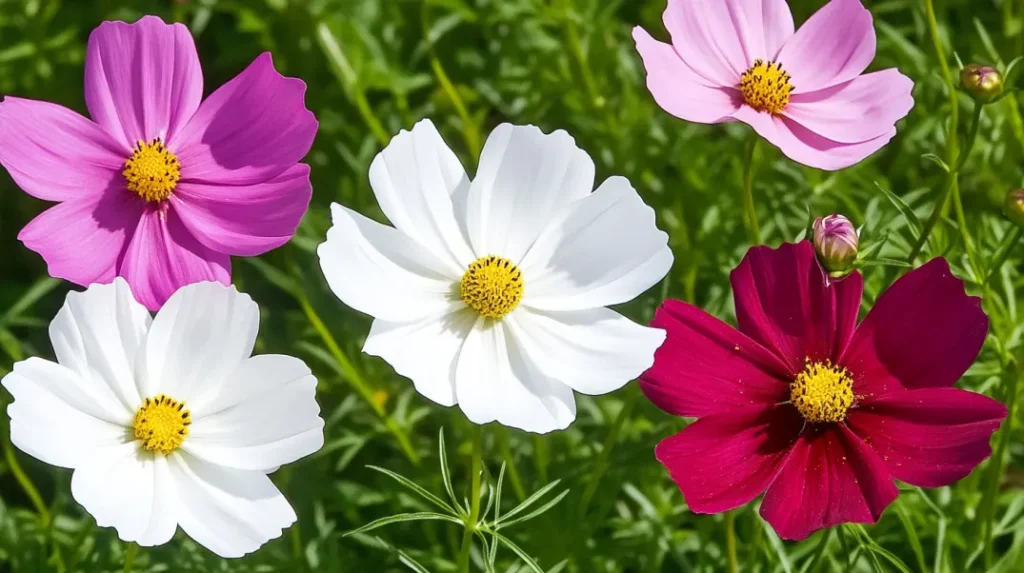
Best Time to Start Seeds
Cosmos can be started indoors 4–6 weeks before the last frost or sown directly outdoors after the danger of frost has passed.
Indoor vs. Outdoor Germination
Indoor germination ensures an early start, but cosmos also thrive when directly sown into well-drained soil.
Color Varieties & Blooming Season
Available in shades of pink, white, orange, and red, cosmos bloom from early summer through fall.
Care Tips for Stronger Plants
Provide full sun and well-draining soil. Deadheading will encourage prolonged blooming.
2. Zinnias – A Burst of Color with Low Maintenance
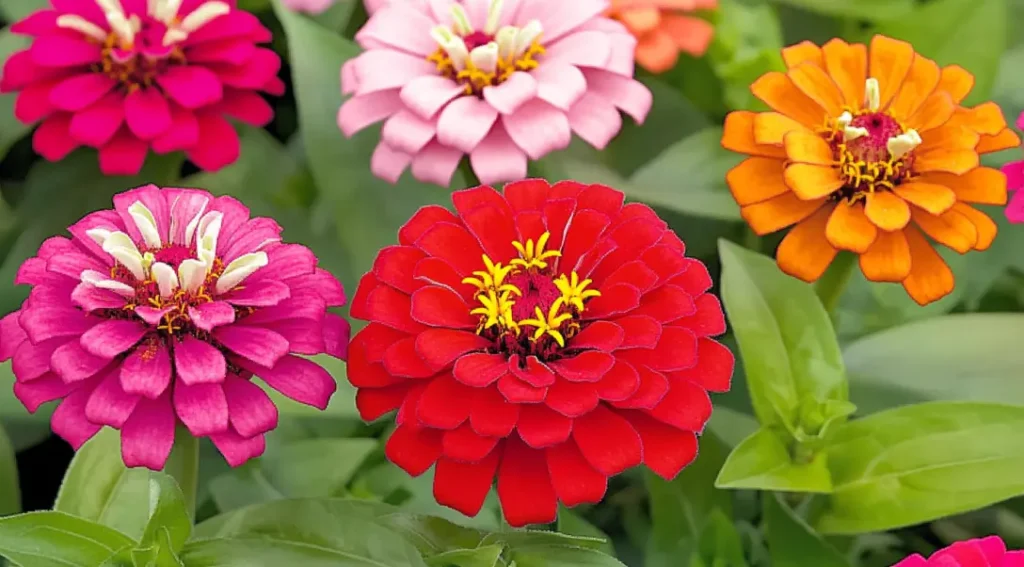
Soil & Sunlight Requirements
Zinnias prefer full sun and rich, well-drained soil.
Companion Planting Benefits
Pair zinnias with marigolds or nasturtiums to naturally repel pests.
When & How to Thin Seedlings
Once seedlings develop two sets of leaves, thin them to ensure proper air circulation and prevent overcrowding.
3. Nasturtiums – Edible, Vibrant, and Hardy
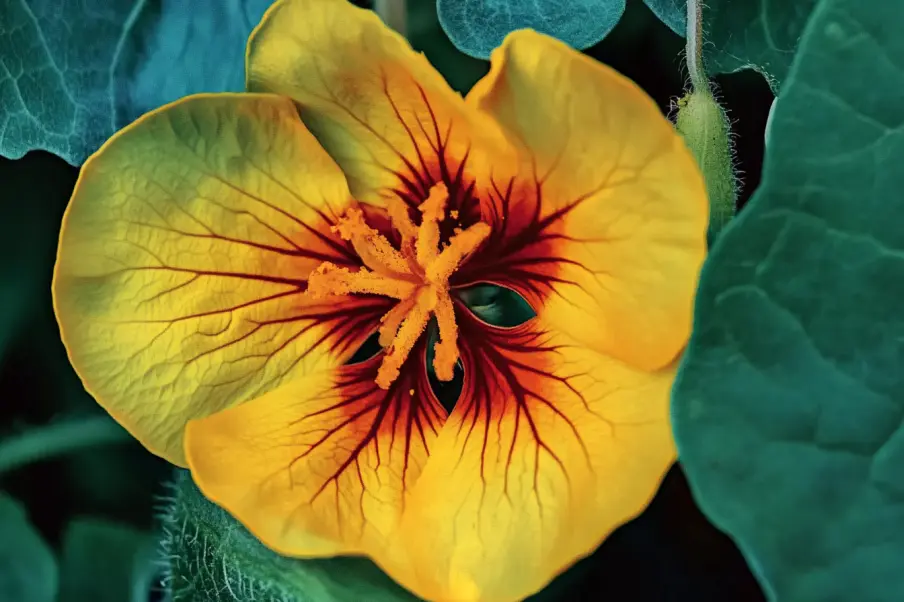
Direct Sowing vs. Transplanting
Nasturtiums grow best when directly sown, as they dislike root disturbance.
Pest-Repelling Qualities
These flowers deter aphids, squash bugs, and whiteflies, making them great companion plants.
Creative Ways to Use Nasturtium Flowers
Both the flowers and leaves are edible, adding a peppery flavor to salads.
4. Marigolds – Bright, Easy, and Great for Pest Control
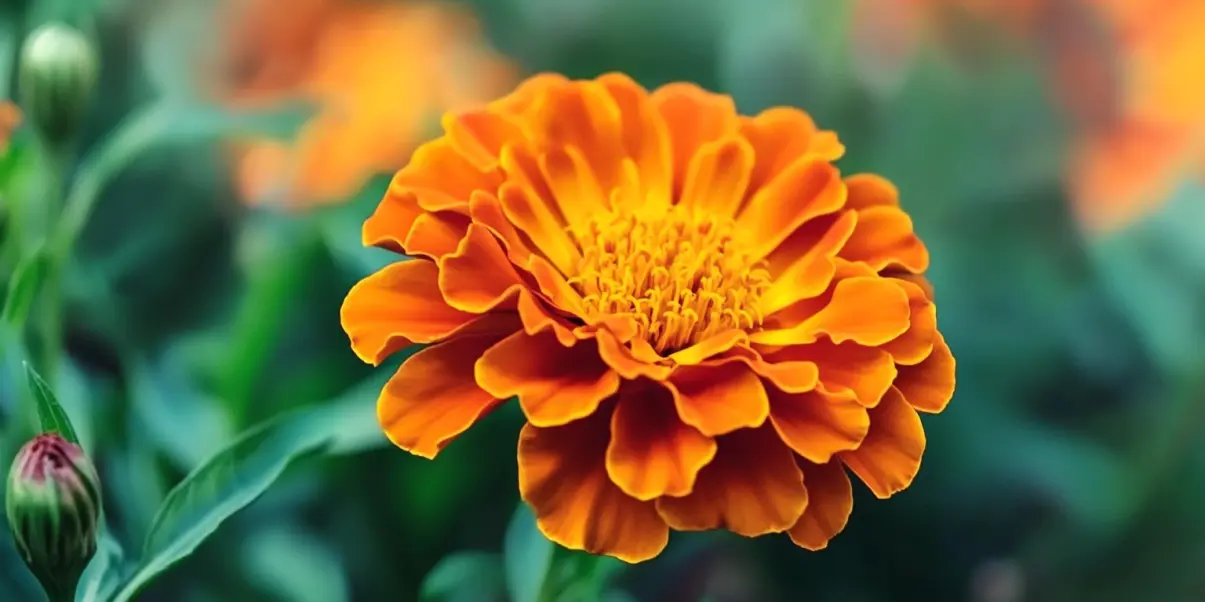
Best Varieties for Different Climates
French marigolds thrive in hot climates, while African marigolds prefer cooler temperatures.
How to Extend Blooming Period
Regular deadheading promotes continuous flowering.
Companion Planting for Healthier Gardens
Marigolds naturally repel nematodes, making them ideal for planting alongside vegetables.
5. Sweet Peas – Fragrant & Elegant Vining Blooms
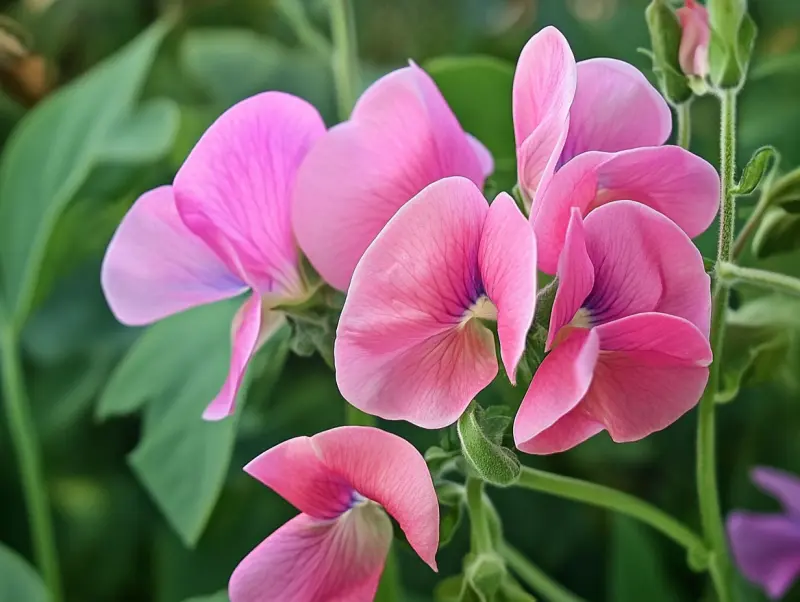
When to Start for Early Blooms
Start sweet peas indoors 6–8 weeks before the last frost for an early display.
Trellising & Vertical Support
Sweet peas require support to climb; a trellis or fence works perfectly.
Deadheading for Continuous Flowering
Removing faded flowers encourages more blooms throughout the season.
6. Black-Eyed Susans – A Classic, Long-Lasting Favorite
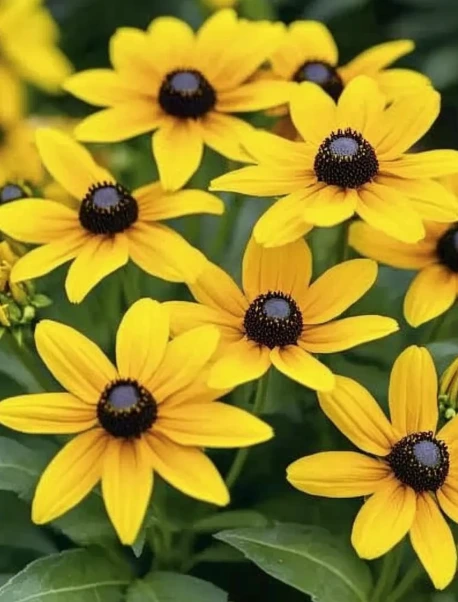
Soil Preparation & Germination Tips
They thrive in well-draining, loamy soil and need full sun.
Best Planting Locations for Maximum Growth
Black-eyed Susans work well in borders, meadows, and cottage gardens.
Drought Resistance & Low Maintenance Needs
These flowers are hardy and require minimal watering once established.
7. Four O’Clocks – Unique Blooms That Open in the Evening
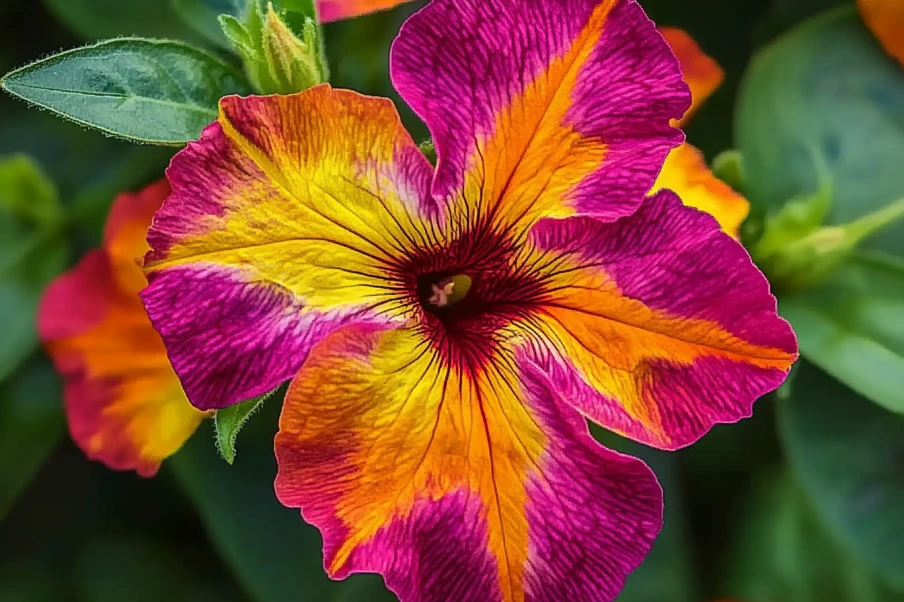
Why They Thrive in Warm Climates
These flowers flourish in hot, sunny conditions and attract pollinators at dusk.
How to Collect & Save Seeds for Next Year
Once the flowers fade, collect the black seeds and store them in a cool, dry place.
Attracting Pollinators & Butterflies
Their fragrant blooms draw moths and hummingbirds in the evening hours.
Essential Tips for Starting Spring Flowers from Seed
Choosing the Right Seed Starting Mix
A light, well-draining mix promotes healthy root development and prevents damping off.
Best Containers for Germination Success
Seed trays, peat pots, or repurposed containers all work well for starting seeds indoors.
Light & Temperature Requirements
Use grow lights or a sunny windowsill, maintaining temperatures between 65–75°F for optimal germination.
Watering & Moisture Control
Keep the soil evenly moist but avoid overwatering, which can cause root rot.
Transplanting Seedlings to Your Garden
Harden off seedlings by gradually exposing them to outdoor conditions before planting them in the garden.
Designing a Stunning Spring Flower Garden
Best Flower Combinations for Maximum Color
Pair complementary colors like purple and yellow for a striking effect.
Layering Heights for a Balanced Look
Tall flowers like cosmos should be placed at the back, while shorter varieties like marigolds work well at the front.
Attracting Pollinators with Strategic Planting
Intermix nectar-rich flowers like zinnias and nasturtiums to encourage bees and butterflies.
Common Mistakes to Avoid When Growing Flowers from Seed
Overwatering & Root Rot
Ensure proper drainage and avoid waterlogging seedlings.
Not Hardening Off Seedlings Properly
Gradually acclimate indoor-grown seedlings to outdoor conditions before transplanting.
Crowding Plants Too Close Together
Space plants appropriately to allow good air circulation and prevent disease.
Final Thoughts – Start Growing Your Gorgeous Spring Flowers Today!
There is nothing more rewarding than watching flowers you’ve grown from seed bloom beautifully in your garden. Don’t be afraid to experiment with new varieties and enjoy the satisfaction of growing your own floral paradise.
More Gardening Inspiration & Resources
For more expert gardening tips, check out this lucky bamboo care guide. Additionally, for an in-depth guide on spring flowers from seed, visit The Home Growns.
Start your garden today, and enjoy a season full of gorgeous, homegrown blooms!

